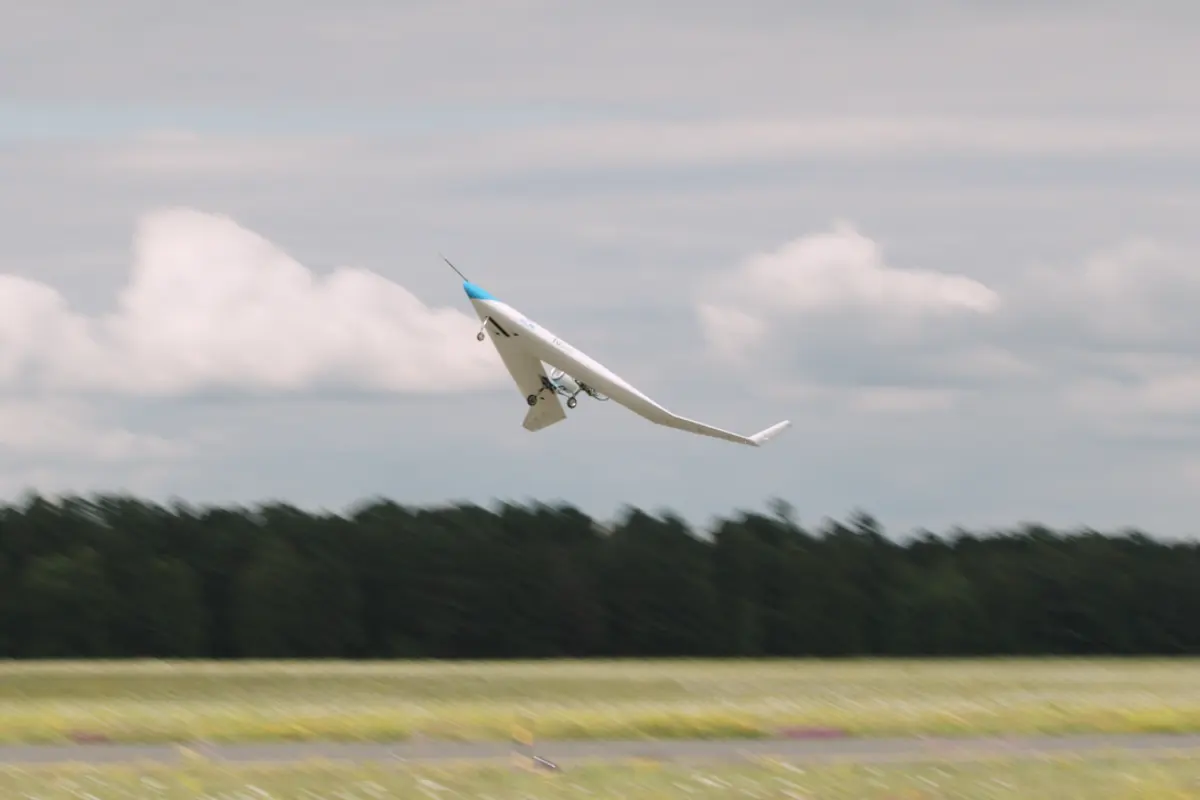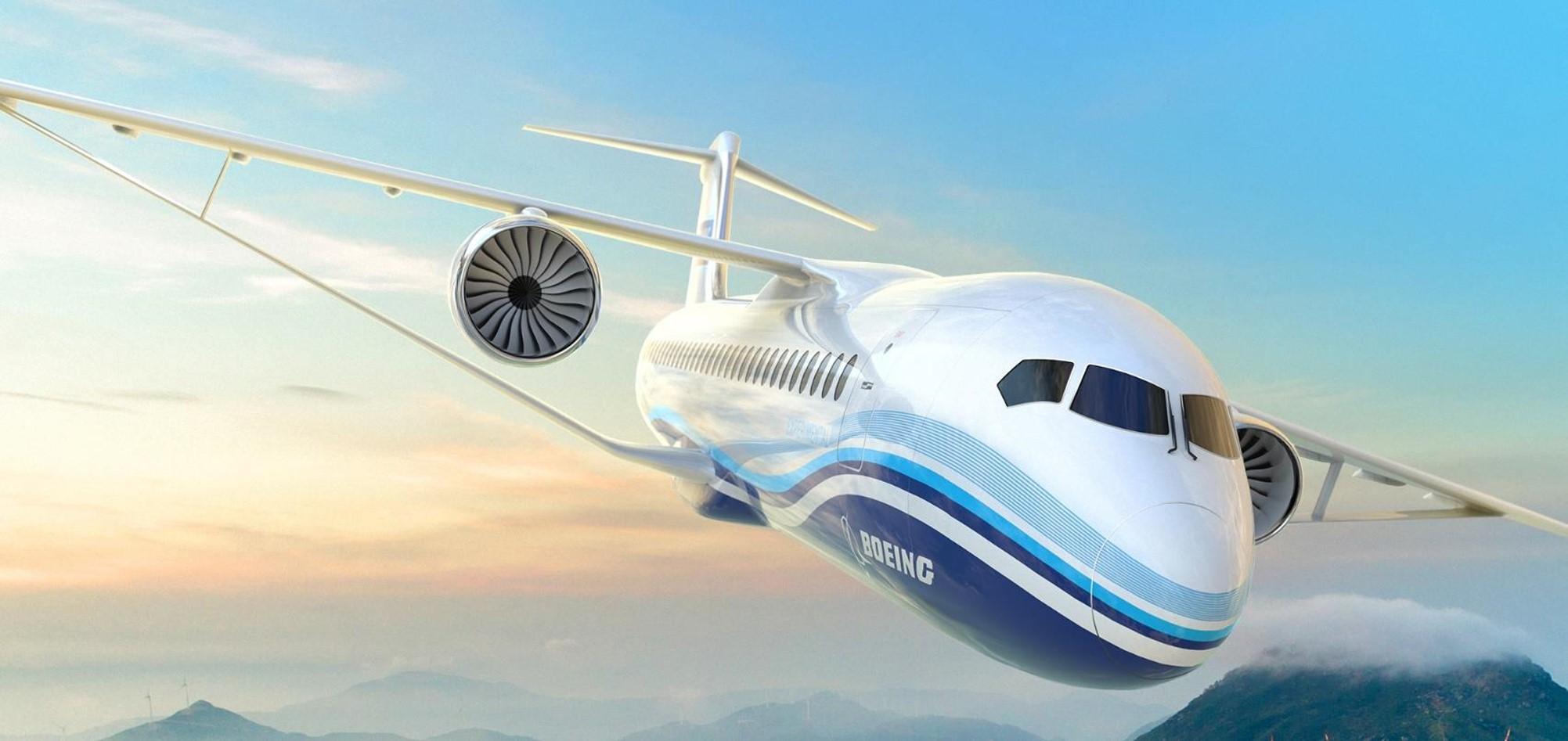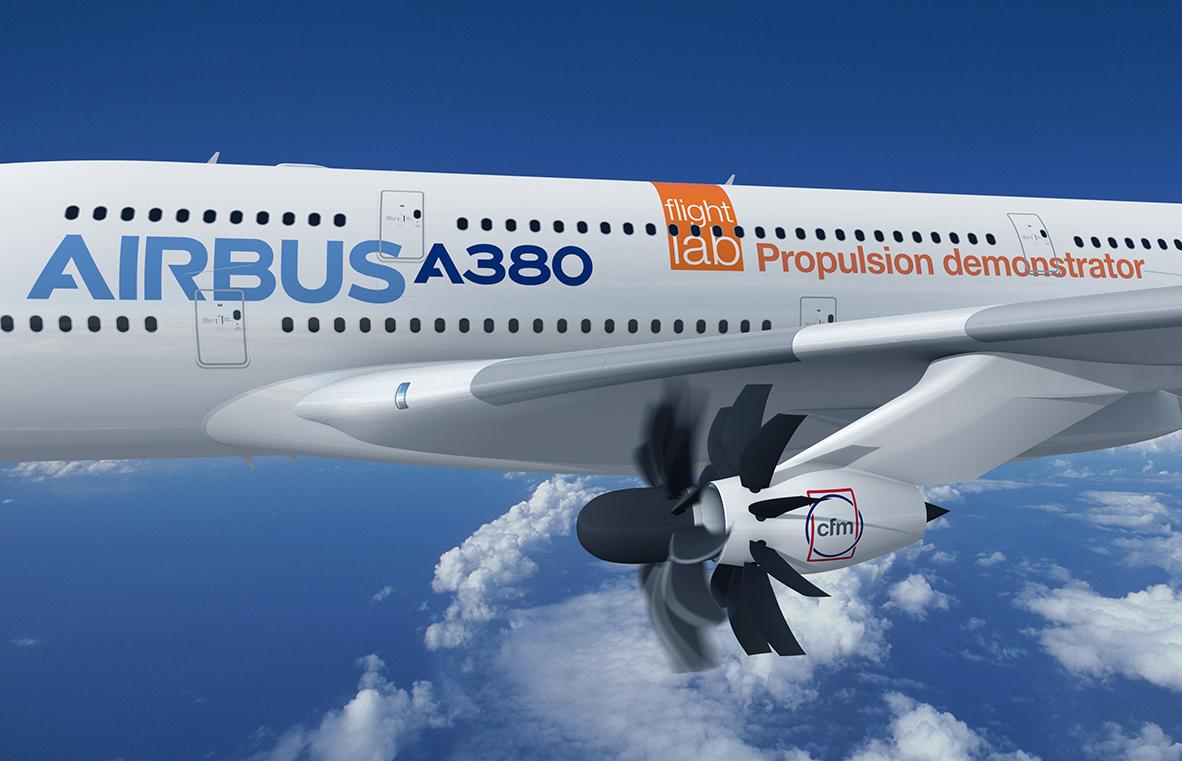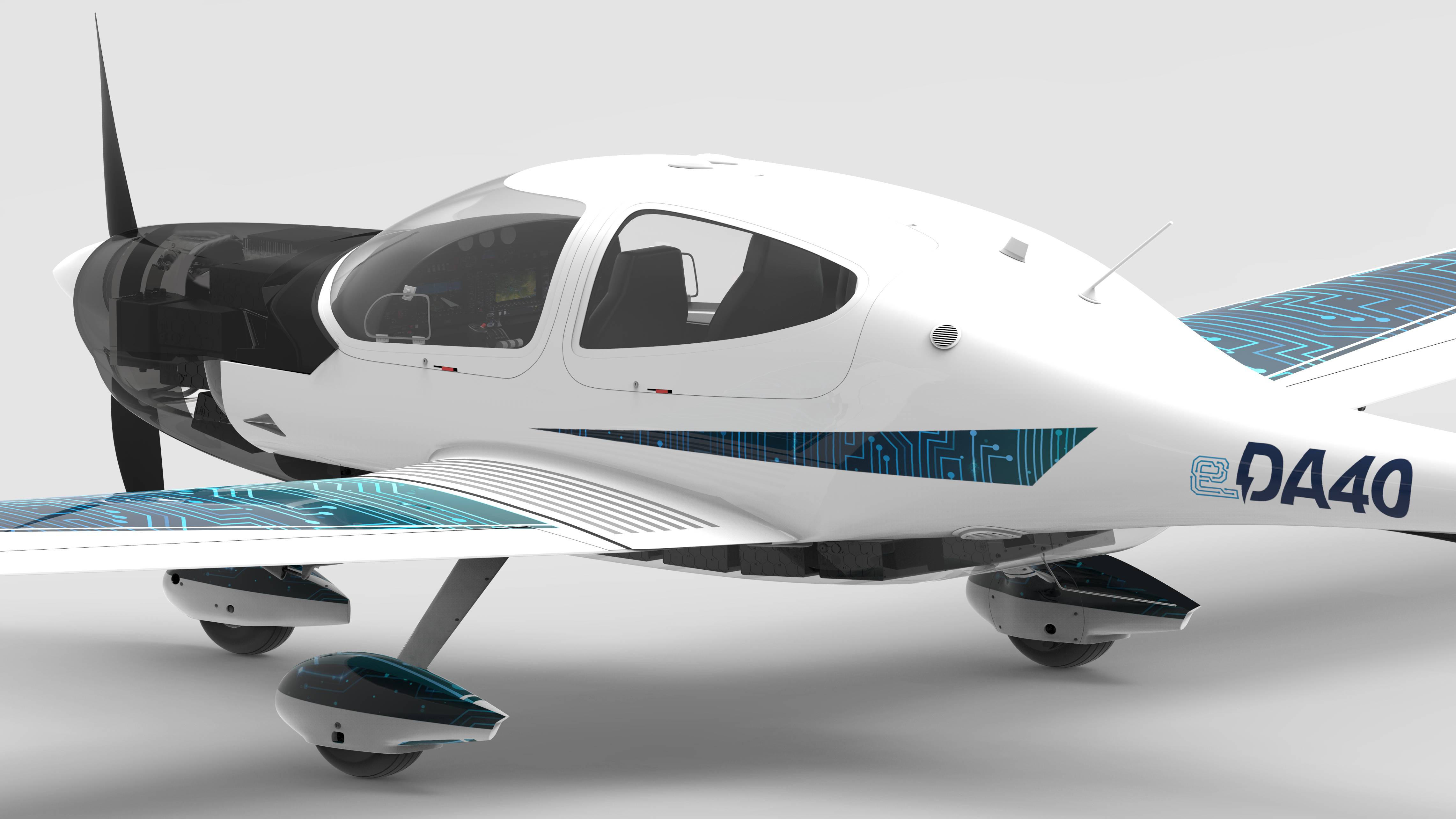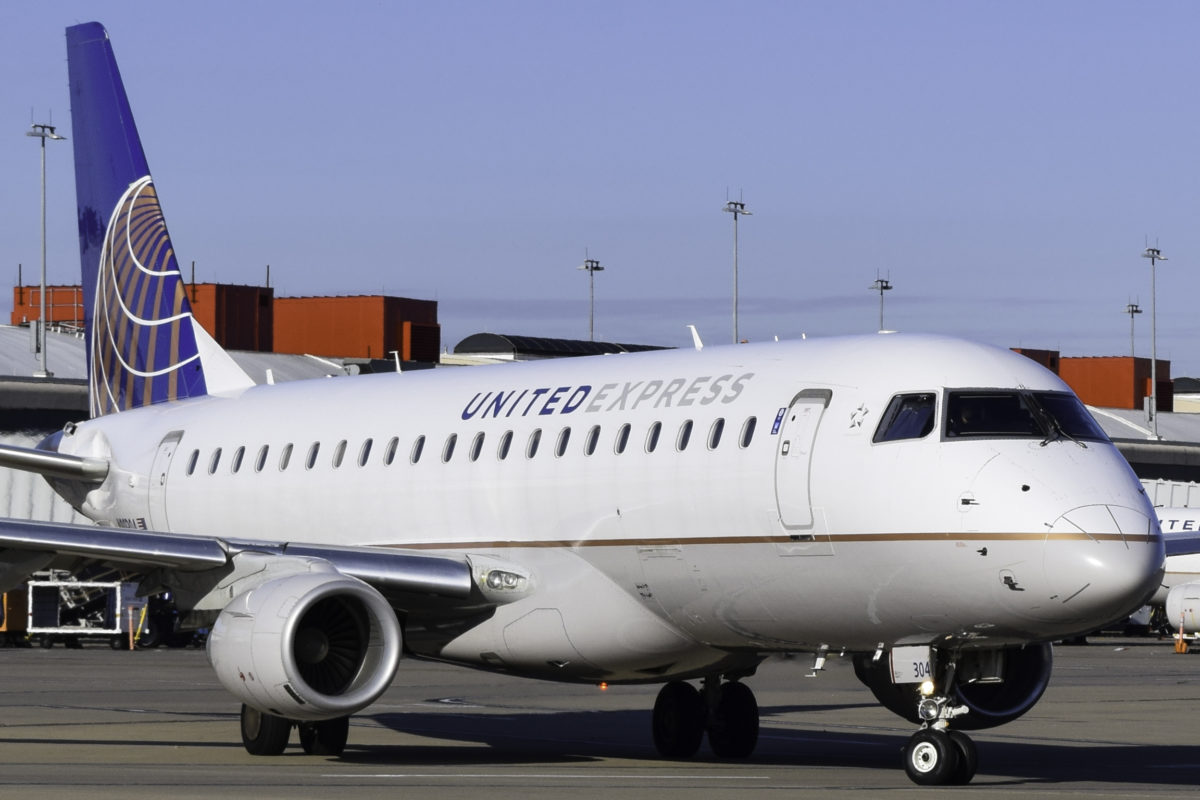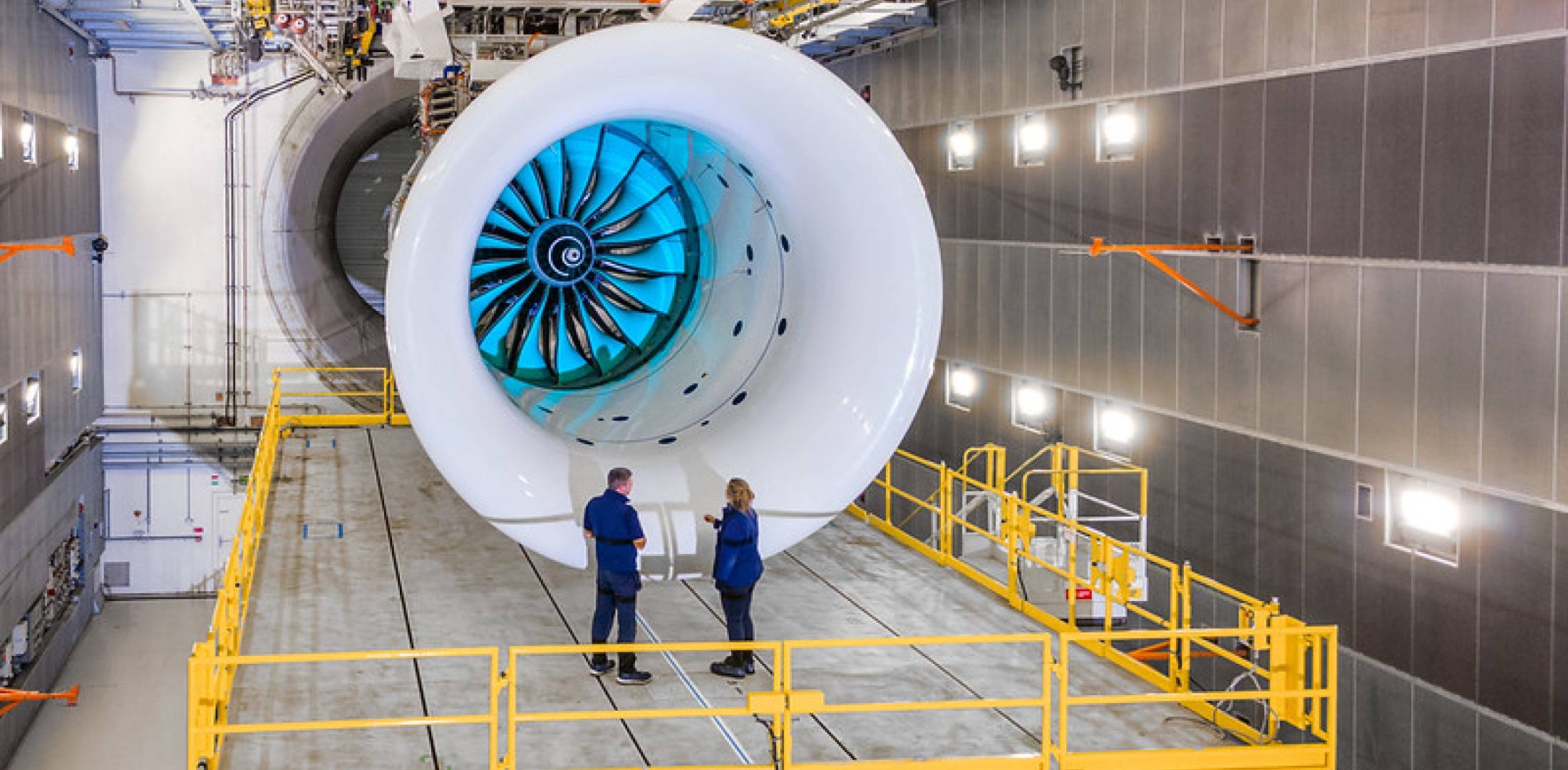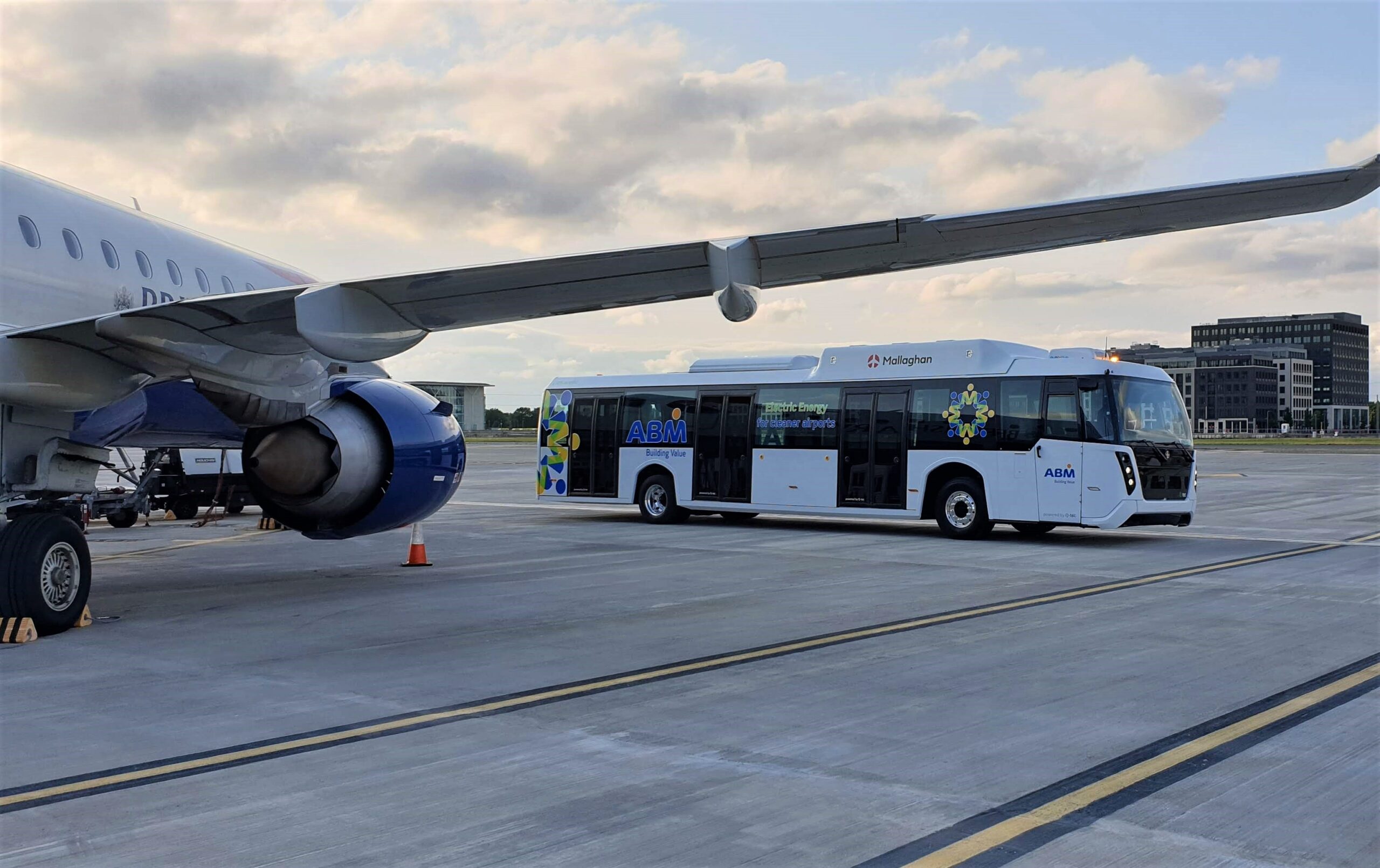What saves most people’s lives in an aircraft accident? The exit doors. When smoke from the crash seeps into the cabin and fires burn from the fuel tanks, […]
Private Flight Sharing
Flight sharing, also known as shared aviation, is an innovative approach that not only offers convenience but also promotes sustainable practices within the aviation industry. The basic premise […]
[Pinned] Why Sustainable Aviation Education Is Important
As with a lot of issues, sustainable aviation is something that not many people really know about. Just like how climate change itself was, at first, obscure in […]
KLM and TU Delft’s Flying-V
The Flying Wing is one of the many designs that enable widespread sustainability in aviation. There have been many designs and variants of the aircraft, including the Northrop […]
Trussed Wings
The trussed wing is a relatively new concept. The basic premise of the design is long, slim wings with braces to prevent bending. While the high aspect ratio […]
CFM-Rise
The CFM-Rise engine represents a remarkable shift in aviation philosophy. Developed jointly by CFM International and GE, this engine takes high-bypass to a whole new level. The engine’s […]
Drawbacks to Electrical Flight
Electric flight presents a promising avenue for reducing emissions in the aviation industry, but it faces significant drawbacks. Current battery technologies have limited energy density, resulting in restricted […]
Are Regional Flights Sustainable?
Regional flights sustainability is without a doubt an overlooked issue that demands attention in the aviation industry. While these short-distance flights play a crucial role in connecting remote […]
High Bypass Engines
High bypass engines are a relatively new technology, developed due to the need for a reduction in fuel burn. Bypass ratio is essentially the proportion of the air […]
Airport Sustainability
Airport transportation sustainability is a topic that is often forgotten in conversations about sustainability. However, just like we do smog checks on cars on the road, it is […]
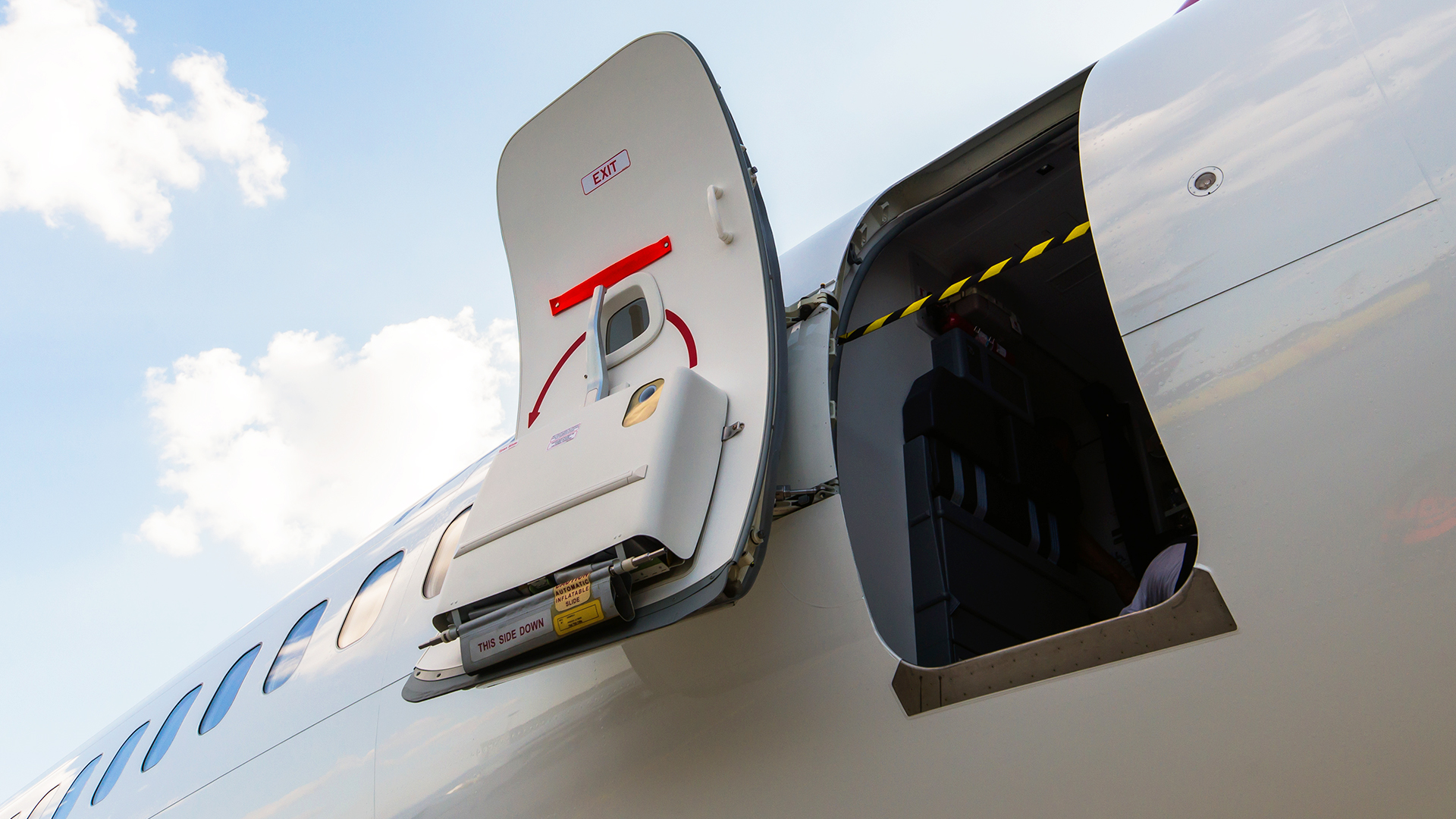
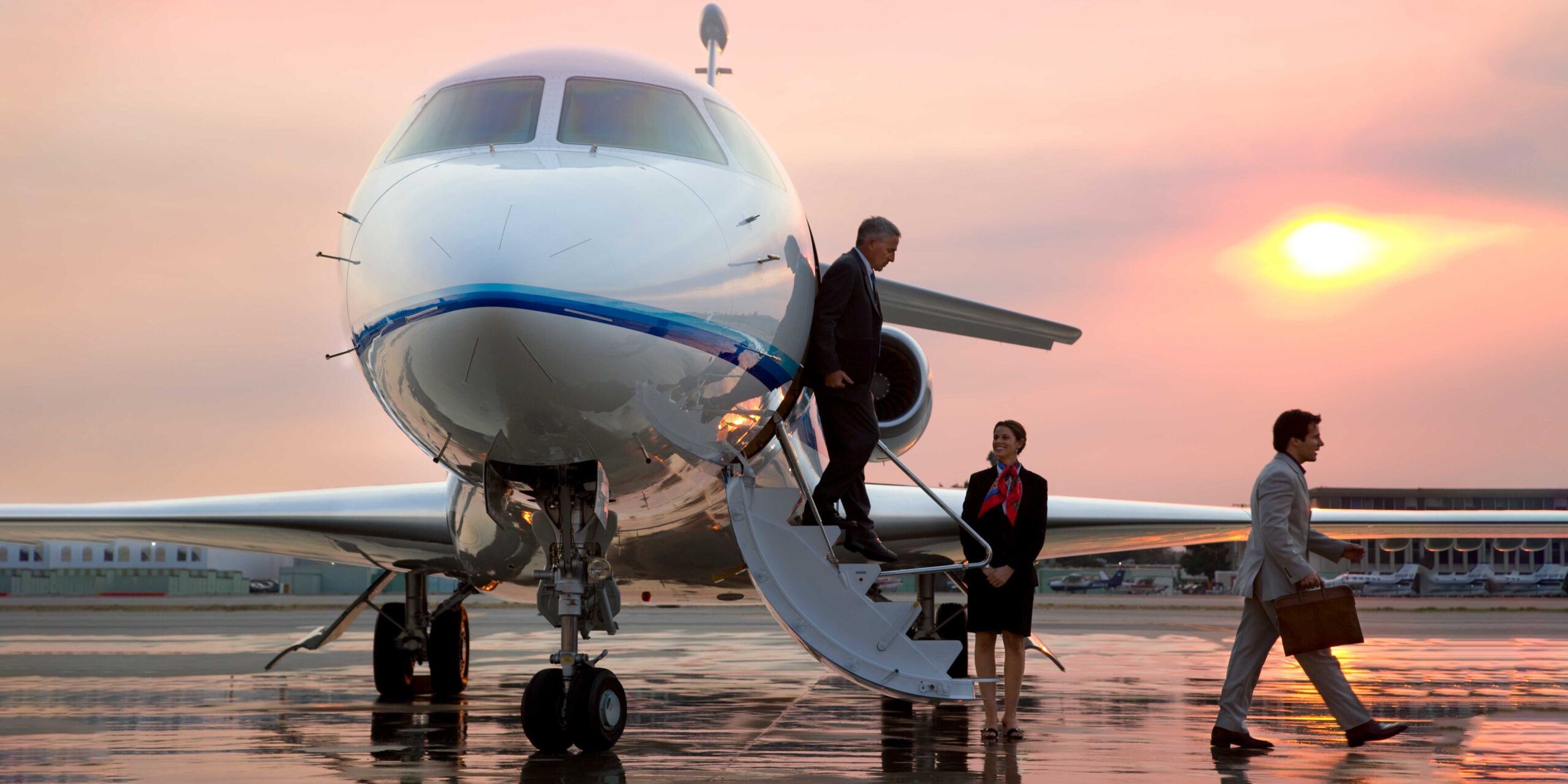
![[Pinned] Why Sustainable Aviation Education Is Important](https://vrau3.com/wp-content/uploads/2023/08/a320-from-window.jpg)
